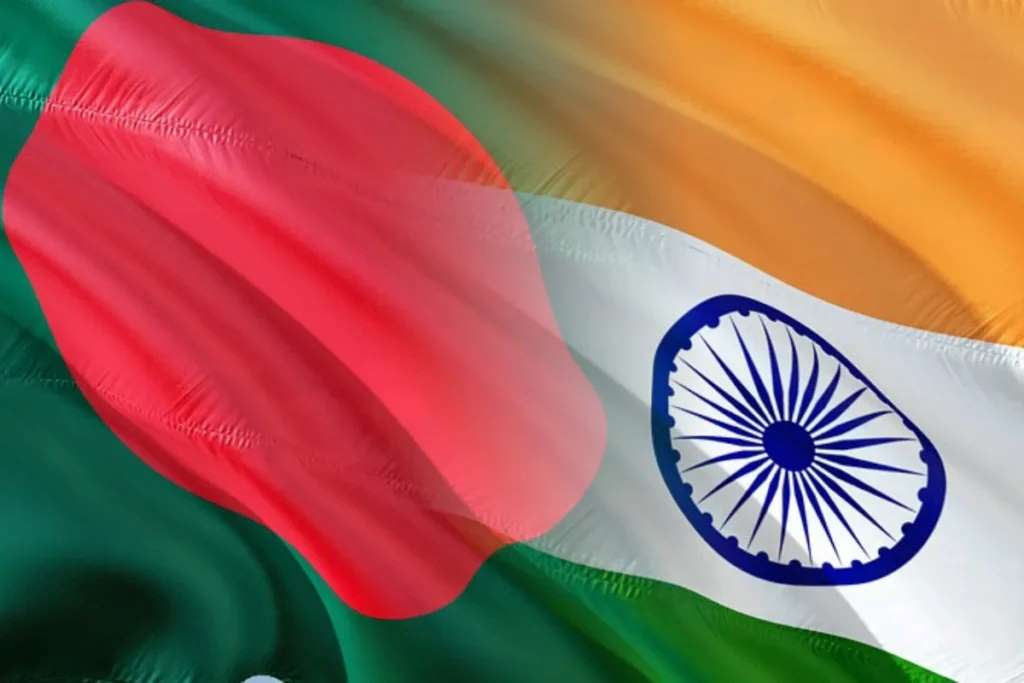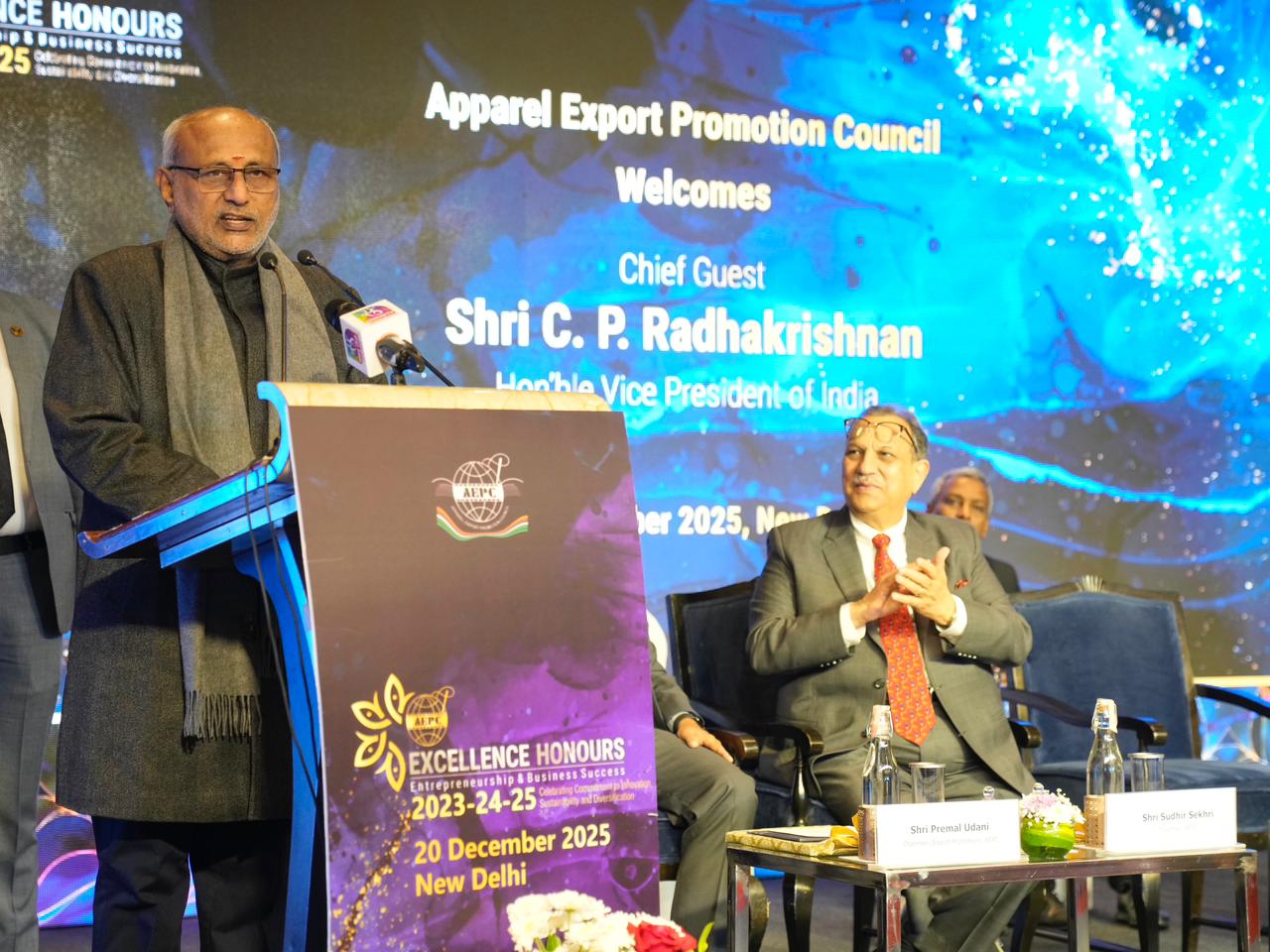
The burgeoning trade relationship between India and Bangladesh has hit a turbulent patch, marked by a series of retaliatory trade restrictions that threaten to disrupt established supply chains, inflate costs, and potentially undermine regional economic integration. Following Bangladesh's imposition of curbs on Indian yarn exports via land, India has responded with stringent port restrictions on a wide range of imports from its eastern neighbor, most notably ready-made garments (RMG), a cornerstone of Bangladesh's export economy.
The directive issued by India's Directorate General of Foreign Trade (DGFT) on May 17, 2025, mandates that all RMG imports from Bangladesh must now enter India through the distant seaports of Nhava Sheva (Mumbai) and Kolkata, effectively closing the previously efficient and cost-effective land routes. This measure extends to several other commodities, including fruits, processed food items, cotton yarn waste, certain plastic and PVC goods, and wooden furniture, which will no longer be permitted through Land Customs Stations (LCSs) and Integrated Check Posts (ICPs) in key border regions. Essential goods like fish, LPG, edible oil, and crushed stone remain exempt from these restrictions.
Bangladeshi Exporters Brace for Impact: Higher costs and delays loom
Bangladeshi exporters are voicing significant concerns over the implications of these restrictions. The shift from a 2-3 day transit time via land to the potentially weeks-long sea journey, coupled with increased handling and port charges, is expected to substantially inflate logistics costs. This will erode the competitive edge that Bangladeshi apparel manufacturers currently enjoy in the Indian market.
A former director of the Bangladesh Garment Manufacturers and Exporters Association (BGMEA) emphasized that the extended lead times and higher expenses would inevitably lead to a decrease in overall export volumes to India. He cautioned that such protectionist measures, especially in the current global economic climate, would inflict further damage on trade between the two nations.
India's Rationale: Addressing trade imbalances and protecting domestic industry
The Indian government justifies its actions as a necessary response to what it perceives as unfair trade practices by Bangladesh. Dhaka's earlier restrictions on Indian yarn exports via land routes had already disrupted the supply chain for Indian manufacturers. Sources within the Indian government point to the significant duty-free access granted to Bangladeshi apparel (over ₹6000 crore annually, approximately $800 million USD) while highlighting barriers faced by Indian exporters.
"This measure was essential to address the growing imbalance in our trade with Bangladesh, where we were witnessing a surge in duty-free apparel imports while our own textile exports faced hurdles," stated an official at AEPC. "While we value our trade relationship with Bangladesh, it must be based on principles of reciprocity and fairness. These restrictions will provide a level playing field for our domestic garment manufacturers and encourage self-reliance."
Santosh Katariya, President CMAI, stated, “CMAI welcomes the Government’s decision to restrict garment imports from Bangladesh through land ports. This move addresses the industry’s long-standing concern regarding the unchecked inflow of low-cost apparel into the Indian retail market, which was adversely impacting domestic manufacturers, particularly MSMEs. The decision is a timely step towards preventing the dumping of foreign-made garments and strengthening India’s self-reliance in apparel production." Katariya also emphasized the need for complementary measures, adding, "At the same time, we believe this policy must be complemented with continued support for capacity building and ease of doing business for Indian manufacturers. Enhancing the competitiveness of our MSMEs is critical to fully harness the opportunities created by such progressive trade measures.”
However, this perspective is not universally shared within the Indian industry. Sanjay K Jain, Chair of the ICC National Textiles Committee, cautions against escalating trade tensions. "We need to tread very carefully as being neighbours," he stated. "We enjoy a very close and sensitive relationship with each other. One measure by one country is leading to a countermeasure by another country and that is countered again which makes the rift deeper and deeper and takes us more and more away from free trade as smooth flow of goods based on necessity and requirement between both countries is very important." Jain emphasized the need for de-escalation, suggesting, "both sides need to discuss in one meeting & unwind measures taken by both sides. Yarn and garment restrictions on both sides need to be undone immediately to build confidence."
Furthermore, India aims to curb the alleged "backdoor entry" of Chinese fabrics into its market. These fabrics, reportedly imported duty-free into Bangladesh, were then processed into garments and exported duty-free to India, circumventing Indian import duties on Chinese textiles (20%). The new restrictions, by increasing the cost and complexity of this route, are intended to plug this loophole.
The move also aligns with India's "Atmanirbhar Bharat" (Self-Reliant India) initiative, aiming to boost domestic manufacturing. By making imports from Bangladesh more expensive and time-consuming, the government hopes to incentivize Indian retailers to source more from local producers. Estimates suggest that ₹1000-2000 crore (approximately $133 - $267 million USD) worth of apparel imports from Bangladesh could be replaced by Indian-made goods.
The Cost Advantage Conundrum: A double-edged sword for India
However, the effectiveness of India's retaliatory measures is complicated by the fundamental cost advantages held by Bangladeshi apparel manufacturers, as highlighted in previous reports. Lower labor costs, subsidized power, duty-free access to Chinese fabrics, and export incentives provide Bangladeshi producers with a significant 10-15% price edge. This makes it challenging for Indian retailers to readily switch to domestic suppliers without impacting their profit margins or increasing prices for consumers.
Impact on Stakeholders: A mixed bag of consequences
|
Stakeholder |
Potential Impact |
|
Bangladeshi Exporters |
Increased logistics costs, longer transit times, potential decrease in export volumes to India, erosion of competitive advantage. |
|
Indian Retailers |
Supply chain disruptions, potential increase in sourcing costs, difficulty in finding cost-competitive domestic alternatives, potential pressure to raise consumer prices. |
|
Indian Manufacturers |
Potential increase in demand, opportunity to capture a larger share of the domestic market, but may face challenges in scaling up production and matching the price competitiveness of Bangladeshi imports in the short term. |
|
Indian Consumers |
Potential for higher prices on apparel, possible reduction in the availability of certain product categories in the short term due to supply chain adjustments. |
|
Regional Trade |
Increased friction in bilateral trade, potential for a negative impact on overall regional economic integration and cooperation, erosion of trust between trading partners. |
|
Logistics Sector (India) |
Increased business for seaports (Nhava Sheva, Kolkata) and related transportation services, but potential strain on port infrastructure and increased congestion. |
Case Studies: Ground-Level disruptions
● Indian Apparel Importers in Tirupur: Many small and medium-sized apparel importers in textile hubs like Tirupur rely on the quick turnaround and lower costs associated with land-based imports from Bangladesh, particularly for stock lots and fast-fashion items. These businesses now face significantly higher transportation costs and longer lead times, potentially impacting their profitability and competitiveness against larger players with established sea-based supply chains.
● Cross-Border Manufacturing Units: Several Indian textile companies had established manufacturing units in Bangladesh to capitalize on the lower production costs and duty-free export access to India. These units now face uncertainty regarding their supply chain logistics and may need to re-evaluate their operational strategies in light of the increased costs associated with sea-based imports into India.
Navigating a Thorny Path Forward
The current trade impasse underscores the complexities of managing bilateral economic relationships, especially when significant cost differentials exist. While India's concerns regarding trade imbalances and the need to protect its domestic industry are valid, the retaliatory measures risk creating significant disruptions and potentially harming Indian consumers and retailers.
Experts suggest that a more constructive approach would involve open dialogue and negotiation between the two nations to address the underlying issues. This could include exploring ways to enhance the competitiveness of the Indian textile sector, streamlining customs procedures, and fostering greater transparency in trade practices. Unilateral retaliatory measures, while providing a short-term response, may ultimately prove counterproductive in the long run, potentially damaging the trust and cooperation that underpin regional trade and economic growth. The focus should shift towards finding mutually beneficial solutions that promote fair trade and sustainable economic development for both India and Bangladesh.












